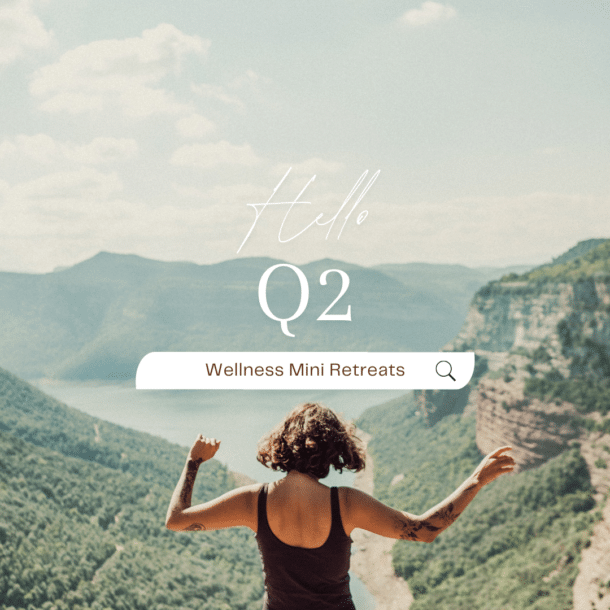Medical risk is the hot potato in healthcare that gets passed around.
I used the analogy of the hot potato game when I published Let’s Change the Game back in March 2016 to explain healthcare and the underlying problem — medical risk. I was reminded of it again this week for a few reasons:
1/ High Deductible Plans: JP Morgan Chase and CVS have acknowledged that they are not working as intended because healthcare consumers can’t afford to pay for needed care. High deductible plans are the cornerstone of healthcare consumerism.
2/ Appointment of Atul Gwande MD to lead the Amazon, Chase & Berkshire healthcare venture. Dr. Gwande wrote an article highlighting the amount of unnecessary healthcare services provided in McAllen TX. One of the physicians quoted in the article stated that physicians could out fox patients who try to negotiate prices for healthcare.
Many in the industry had high hopes that making patients have “more skin in the game” would lower costs. The reality is healthcare is too complex for the average consumer to wrap their arms around especially when they’re sick.
Until Americans become more invested in managing their health and artificial intelligence plays a bigger role in curbing utilization of healthcare services, costs will continue to increase. The question is will providers be left with the hot potato or is it about to get passed again. Let’s review the game.
Medical Risk = Hot Potato
Medical risk is like the hot potato that keeps getting passed around between the government, employers, insurers and providers. Similar to the hot potato game, whoever ends up holding the medical risk usually looses the game – at least historically.
The responsibility for managing medical risk includes the responsibility for managing a big pot of money to administer claims. Medical billing and collections, as described by Jonathan Bush, founder and CEO of Athena Health, is one of the stinkiest parts of healthcare that few providers do well. So basically by transferring risk to providers they end up with more of the stinky stuff that they haven’t been able to manage well. That alone gives me heartburn because the stinky part is critical for monitoring the overall health of the risk pool and their organization. However, there is even more to the story.
Risk + Money = the Risk Pool
Healthcare trends like the aging population and the number of obese and overweight people are the risks that suggest a need for a very large pot of money to pay for healthcare. Unfortunately for providers, all the other players in the hot potato game are basically saying they’re tapped out. So healthcare providers somehow have to figure out a way to do more with less. In other words, they are getting less money than they need to pay all the expected claims.
Do More with Less
Many providers are accepting the challenge to do more with less even though it’s never been their strong game. Most have been focused on delivering the care patients want regardless of cost because historically, they have been able to make enough from some patients to cover all the bills for everyone. So at this point few providers really know how to do more with less successfully.
Building regulations, staffing regulations and lack of pricing transparency for medical supplies make it challenging to cut costs that companies in other industries routinely cut. Some savings will be realized if providers share records and reduce the amount of duplicate tests but the bigger savings come from not delivering care at all. Providers have yet to figure out how to say “No” to patients who want medically unnecessary care without getting a bad review and how to get people covered by their risk pool to live healthier lives.
Medically Unnecessary Care
People who are really sick rarely think care is unnecessary even if a treatment has a very slim chance of working. Who doesn’t like to think they will be the exception to the rule? Isn’t that part of positive thinking? That’s what makes coming up with care guidelines so difficult and hard for providers to adhere to. Saying No or No unless you pay for it upfront is hard for all the players. Insurers did a better job of playing the bad cop because they didn’t have to face their member and tell them the bad news or work with them day-to-day.
What healthcare consumers need to understand is that healthcare insurance doesn’t mean covered for everything and anything. Few healthcare consumers read the fine print of their policies before they need to access the benefits – and unfortunately, that’s when the frustration begins for everyone.
Live Healthier
There are a lot of people in this country carrying too much fat. Providers tippy toe around the issue by telling patients they are at risk for disease and/or by letting them know their BMI measurement is beyond the healthy range. You can only imagine that some patients don’t really see the problem with a point or two beyond normal and why some patients are not connecting the dots or getting the right message about fat. Fat causes a lot of health problem that are costly to treat and makes it hard for providers to do more with less.
Wearables may help connect the dots for some healthcare consumers. The latest technologies measuring our motivation, movement, sleep and food consumption can help us develop awareness, establish a baseline and monitor metrics during periods of physical change.
The problem with wearables now is that they are not sticky enough without a financial incentive to motivate the healthcare consumers who needs to loose weight and they are addictive for people who are already extremely active. Both groups are problems for healthcare providers trying to do more with less.
The Point
There are a lot of questions left to be answered about how to make it all work so that providers can do more with less and patients get the care they need and want. It’s going to take some more honest conversations and fresher thinking to change the game.
The one thing we know to be true now is that each of us can help by eating a healthy diet, exercising regularly and getting plenty of sleep. That will not change regardless of who ends up with the hot potato.
Contact Us
Please email us to request more information about our services and collaborations.
Stay Connected
Subscribe free to receive our latest tips, workouts, exclusive offers and community notifications every Monday.



